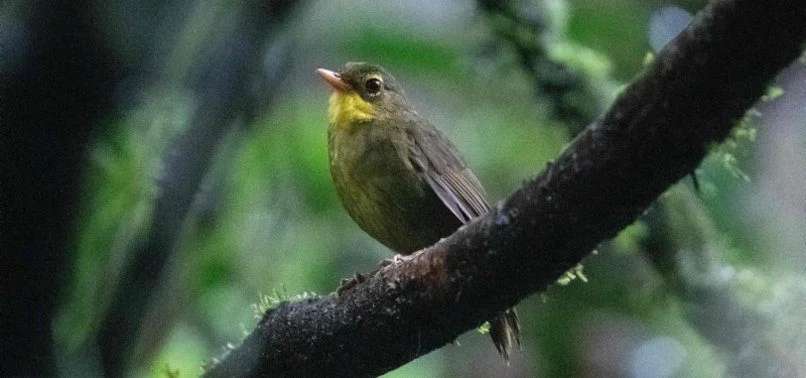A songbird species that was believed to be extinct in Madagascar has been rediscovered in the wild, much to the delight of conservationists. The Dusky Tetraka, a small, olive-colored bird, had not been seen for over two decades, leading many to fear that it had vanished completely from the island’s diverse ecosystems. However, recent sightings have confirmed that the species is still alive, offering hope for its survival.
The Dusky Tetraka was spotted in a remote region of Madagascar’s tropical forests, an area known for its unique biodiversity. Scientists involved in the expedition were thrilled by the discovery, as it represents a rare success in the ongoing effort to protect Madagascar’s endangered wildlife. The bird’s disappearance had long puzzled researchers, but now, its reappearance has sparked renewed interest in studying and preserving the species.
The rediscovery of the Dusky Tetraka is significant not only for Madagascar but for global conservation efforts. Madagascar is home to a high number of endemic species—animals and plants that exist nowhere else in the world. However, deforestation, habitat destruction, and climate change have put many of these species at risk, making this find especially encouraging.
Conservationists are now calling for increased protection of the bird’s habitat to ensure that the Dusky Tetraka can thrive once again. Efforts to study the species in its natural environment are underway, with the hope that understanding its habits and needs will contribute to long-term conservation strategies.
The rediscovery is a reminder of the importance of continued exploration and conservation work in remote areas, where species thought to be lost might still have a chance to survive.























